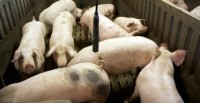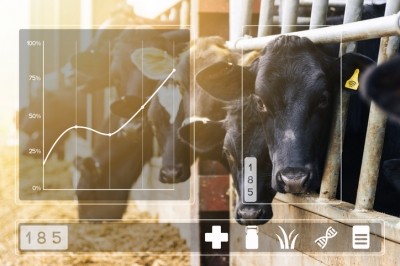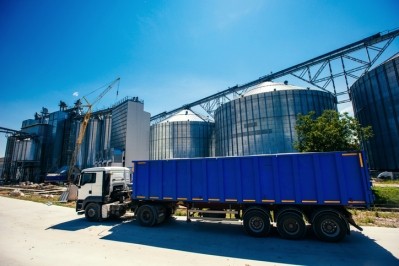What does a coughing pig reveal?
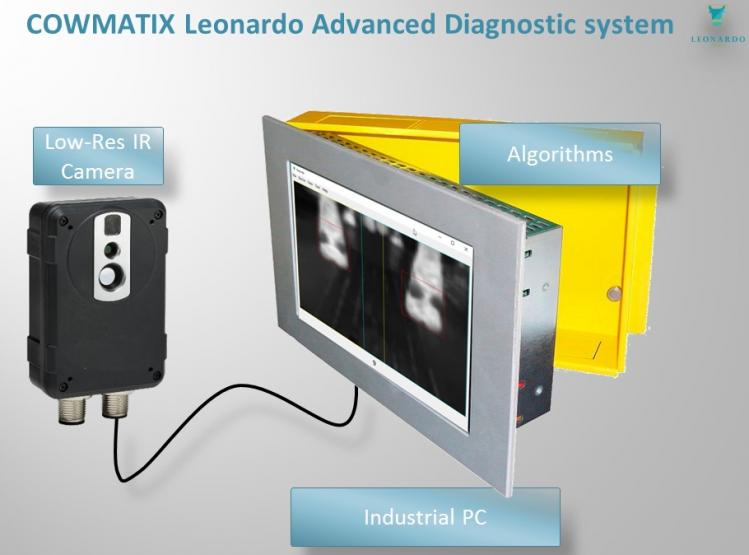
We caught up with Professor Daniel Berckmans, who is based at the University of Leuven, and is one of the pioneers in PLF, to find out.
He coordinated the EU funded EU PLF, an initiative that kicked off in 2012 and involved partners from both academia and industry. Its final conference was held in October last year, and the publication of the findings is due in the coming months.
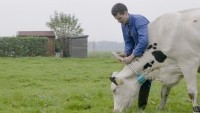
The professor said the project was instrumental in creating awareness on precision farming in Europe and beyond.
“I have given keynote speeches on this technology in Japan, China and Brazil,” said Berckmans.
Some 20 dairy, pig and poultry producers, spread over Europe, participated in the project in several workshops, meetings and conferences. “The farmers were extremely forthright, skeptical at the start but very open to new ideas, and, in the end, were very collaborative, which helped in ensuring PLF tools trialed were applicable in the field,” he said.
The professor also heads up the jury assessing Nutreco’s Feed Tech Challenge, with that Dutch feed giant seeking to back innovation in the area of feed to farm efficiency, along with other areas.
Other initiatives are getting underway in this area: FeedNavigator spoke to the organisers of the EU funded Internet of Food & Farm 2020 (IoF2020) aimed at helping Europe’s agri-food sector exploit these technologies.
He said it is no longer easy to make a living from livestock farming. Farmers have to manage a complex situation in balancing feed and energy costs against financial returns on their animals. They are expected to comply with increasingly stricter regulation on animal health and welfare, product quality and environmental impact, while trying to achieve a decent economic return for their efforts.
Individual attention
As income from individual animals is so low, farmers must keep more animals to achieve a viable return. As a result, there is less time available to attend to individual animals, which makes it more difficult to monitor and manage the animals properly, continued the professor.
There is technology available to measure different parameters on the farm, such as ventilation rate, feed supply and heating and cooling inputs, but few of the tools available up to now have focused on the most important participant in the production process, the animal: “Livestock production today has to follow the personalized medicine trend. Living organisms are complex – we assume that one piglet is going to grow in a similar way to another on the same percentage of feed intake, but that is often not what happens,” said Berckmans.
Efficient control is about prediction, which can be achieved through real time monitoring of weight and response to environmental stressors, and other parameters, he added.
Modern technology makes it possible to place cameras, microphones and sensors sufficiently close that they can replace the farmer’s eyes and ears in monitoring individual animals. The aim of PLF is to combine all the available hardware with intelligent software in order to extract information from a wide range of data, explained the professor.
PLF tools can benefit farmers by helping to secure improved health, welfare, yields and environmental impact, he said.
However, the project has received criticism from McDonalds and others that PLF tools are all very well for large-scale operations but for smaller farms, the costs can be prohibitive.
Evidently, the greater the number of users, the quicker costs will come down, argued Berckmans.
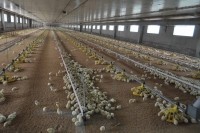
“Scale is always required to reduce costs. For example, the global use of mobile phones has reduced the cost of wireless communication and is pushing this technology into other applications such as PLF.”
The livestock market involves huge numbers of animals and processes, so the potential is there globally to make it possible to produce tailored, applied PLF technology at reduced costs, he added.
Start-ups
“Another important achievement of the project was that it helped develop four start-up companies that are now in the PLF market, and we have also managed to incentivize young people to get involved in the ag sector,” he added.
One of those start-up firms is Ymaging, which among other applications, has developed PigWei - a product based on cloud services for precise, feasible and cost-effective pig weighing. It is said to allow a constant and continuous monitoring of the animal growth in a way it ensures a better management of resources, higher quality of meat and lower costs for farmers.
Another is Connecterra, which was founded in 2014 and is targeted at the dairy farming sector. Its service consists of a wearable device that monitors the herd in real-time and transmits the data to a cloud platform for analysis and prediction of behavioral patterns. This is said to enable farmers to free up labor time, improve milk production per animal and save money by optimizing their breeding cycles.
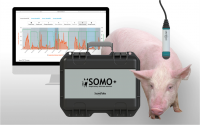
The EU-PLF project also concluded that positioning tools could provide more information than just the localization of dairy cows in the shed and heat detection: They have the potential to bring valuable help in monitoring animal welfare through feeding management, early warning of health problems and surveillance of resting behavior.
What does a coughing pig reveal?
A spin-off company of the University of Leuven (KU Leuven) in Belgium and the University of Milan in Italy is SoundTalks.
It has developed a pig cough or respiratory distress monitor that provides algorithms for monitoring livestock’s health status using sound. Animal vocalization, said the Belgium firm, holds essential information about the animal’s health, welfare, and, therefore, productivity.
The system, according to research conducted under the EU PLF umbrella, can detect infections up to two weeks in advance before the farmer or vet notice them. SoundTalks said the farmer, leveraging such technology, can therefore treat the animals sooner and minimize the extent of the productivity loss due to lower feed conversion and daily growth.
Unlike cameras, monitoring animals with microphones does not depend on lighting conditions and can be used to monitor a large group of animals thus making it cheap to implement, it added.
